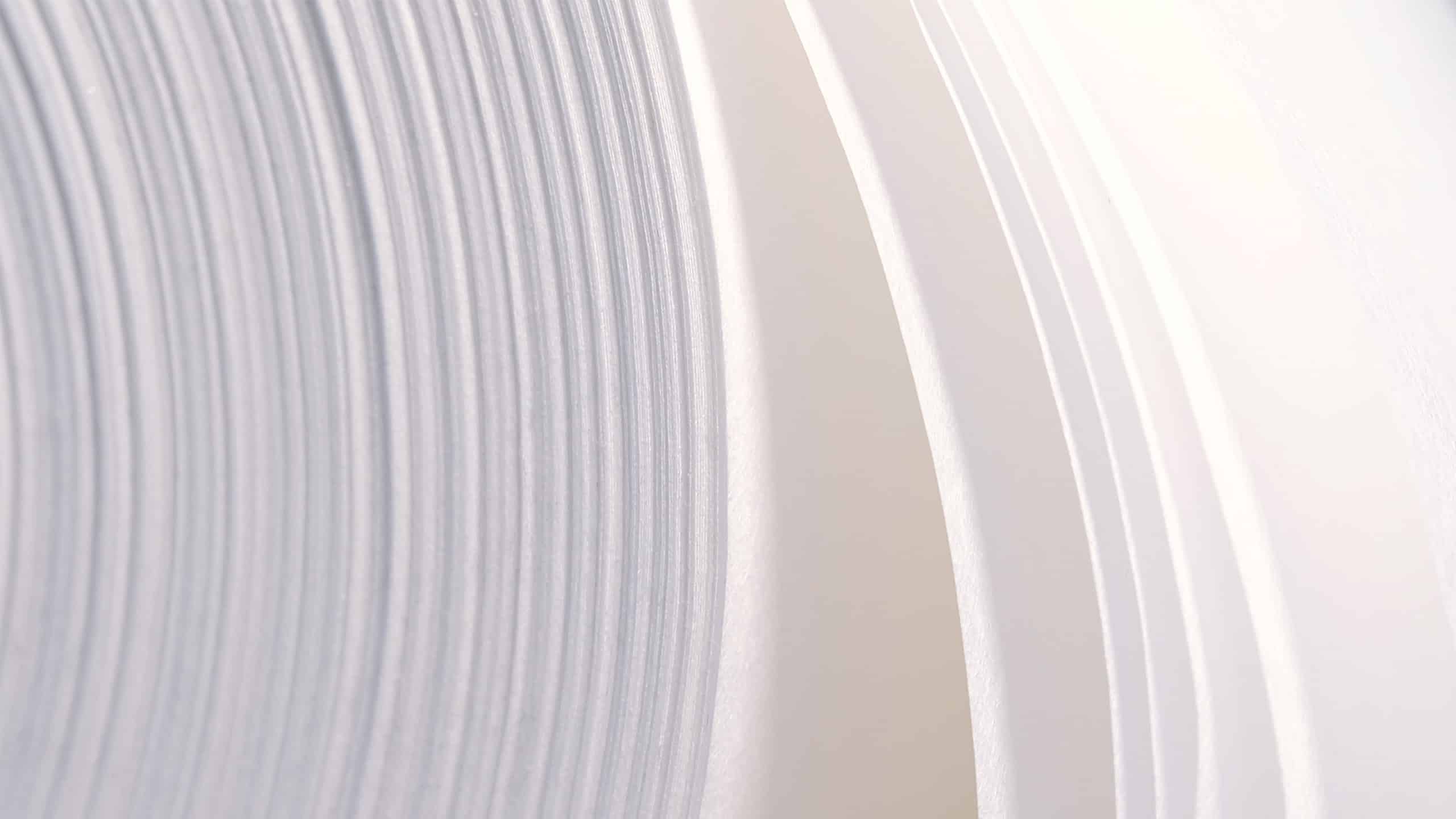Recyclable materials for feminine care packaging

Introduction to the environmental impact of feminine care packaging
Feminine care products are an essential part of everyday life for millions of individuals. However, the packaging of these products often contributes to significant environmental challenges. Traditional packaging materials, primarily composed of plastics, are notorious for their long-lasting presence in landfills and ecosystems. This plastic waste not only occupies space but also poses a threat to wildlife and contributes to the broader issue of environmental pollution. According to the European Environment Agency, the recycling rates for plastic waste remain alarmingly low, emphasizing the need for more sustainable solutions.
The transition to recyclable materials in feminine care packaging is crucial. By adopting packaging solutions that can be recycled, the industry can significantly reduce its environmental footprint. This shift not only helps in minimizing waste but also aligns with the growing consumer demand for environmentally friendly products. Embracing recyclable materials is a step towards sustainability, ensuring that future generations inherit a cleaner and healthier planet.
Understanding sustainable forest management
Sustainable forest management is a vital concept when discussing the sourcing of materials for packaging. It involves managing forest resources in a way that meets the needs of the present without compromising the ability of future generations to meet theirs. According to the Confederation of European Paper Industries (CEPI), responsible sourcing of wood fibres is key to achieving this balance. These fibres can be produced from forests that are carefully managed to maintain biodiversity, productivity, and ecological processes.
However, it is important to note that responsible sourcing is not always guaranteed. Organizations like CEPI provide guidelines to ensure that fibres are sourced sustainably, but the implementation of these practices can vary. By supporting sustainable forest management, companies can contribute to the preservation of forests and the reduction of carbon footprints. In the context of feminine care packaging, utilizing responsibly sourced fibres is a significant step towards sustainability.
Paptic’s innovative fibre-based solutions
At Paptic, we have developed unique fibre-based materials that offer a sustainable alternative to conventional packaging solutions. Our materials are designed to combine the benefits of paper, plastic, and textiles, providing an eco-friendly option that is both recyclable and reusable. Compared to traditional fibre-based materials, Paptic’s solutions stand out for their enhanced recyclability and environmental benefits.
Our materials are primarily made from renewable wood fibres, which are sourced with a strong emphasis on sustainability. This not only supports responsible forest management but also helps in reducing the environmental impact associated with packaging. By integrating Paptic’s fibre-based solutions into feminine care products, companies can achieve a higher standard of sustainability, setting themselves apart in an increasingly eco-conscious market.
Benefits of using Paptic materials in feminine care products
Integrating Paptic’s materials into feminine care packaging offers numerous benefits. One of the most significant advantages is the reduction in environmental footprint. Our materials are designed to be recyclable, which means they can be reprocessed and reused, minimizing waste and conserving resources. This aligns with the principles of a circular economy, where materials are kept in use for as long as possible.
Moreover, Paptic’s materials also enhance the sustainability of the products they package. By using renewable wood fibres, our solutions contribute to the reduction of reliance on fossil-based resources. This makes feminine care products not only environmentally friendly but also more appealing to consumers who prioritize sustainability in their purchasing decisions. Evidence from market studies indicates a growing preference for products with a reduced environmental impact, supporting the adoption of Paptic’s materials.
The future of sustainable feminine care packaging
The shift towards sustainable feminine care packaging is not just a trend but a necessity. As we look to the future, it is essential to envision a world where sustainable packaging is the norm. By adopting innovative solutions like those offered by Paptic, companies can lead the way in reducing environmental impact and promoting responsible consumption.
Encouraging further innovation in the industry is crucial. By prioritizing sustainability and responsibility, we can pave the way for a cleaner and more sustainable future. As more companies embrace these principles, the collective impact on the environment will be significant, ensuring that feminine care products contribute positively to our planet’s well-being.
